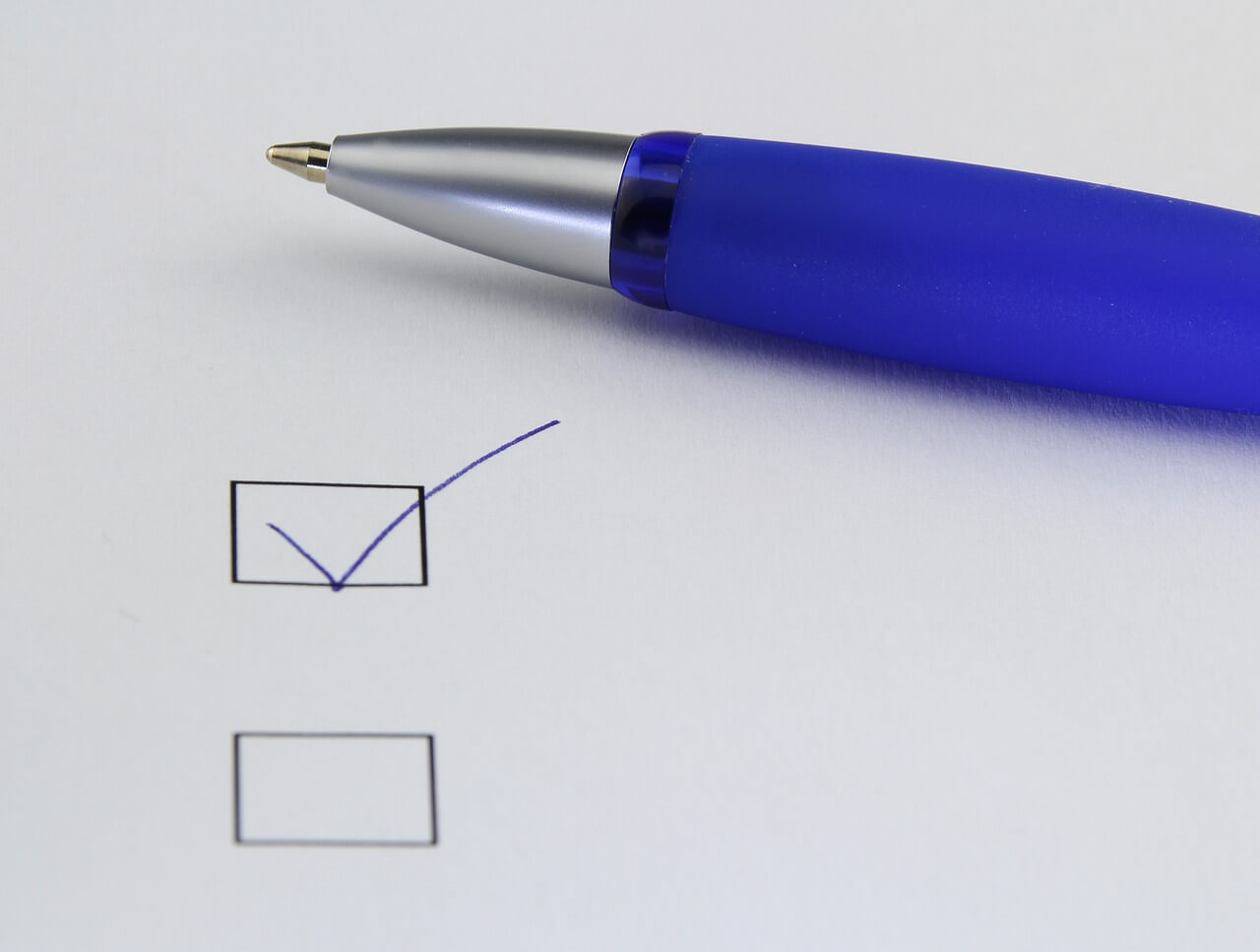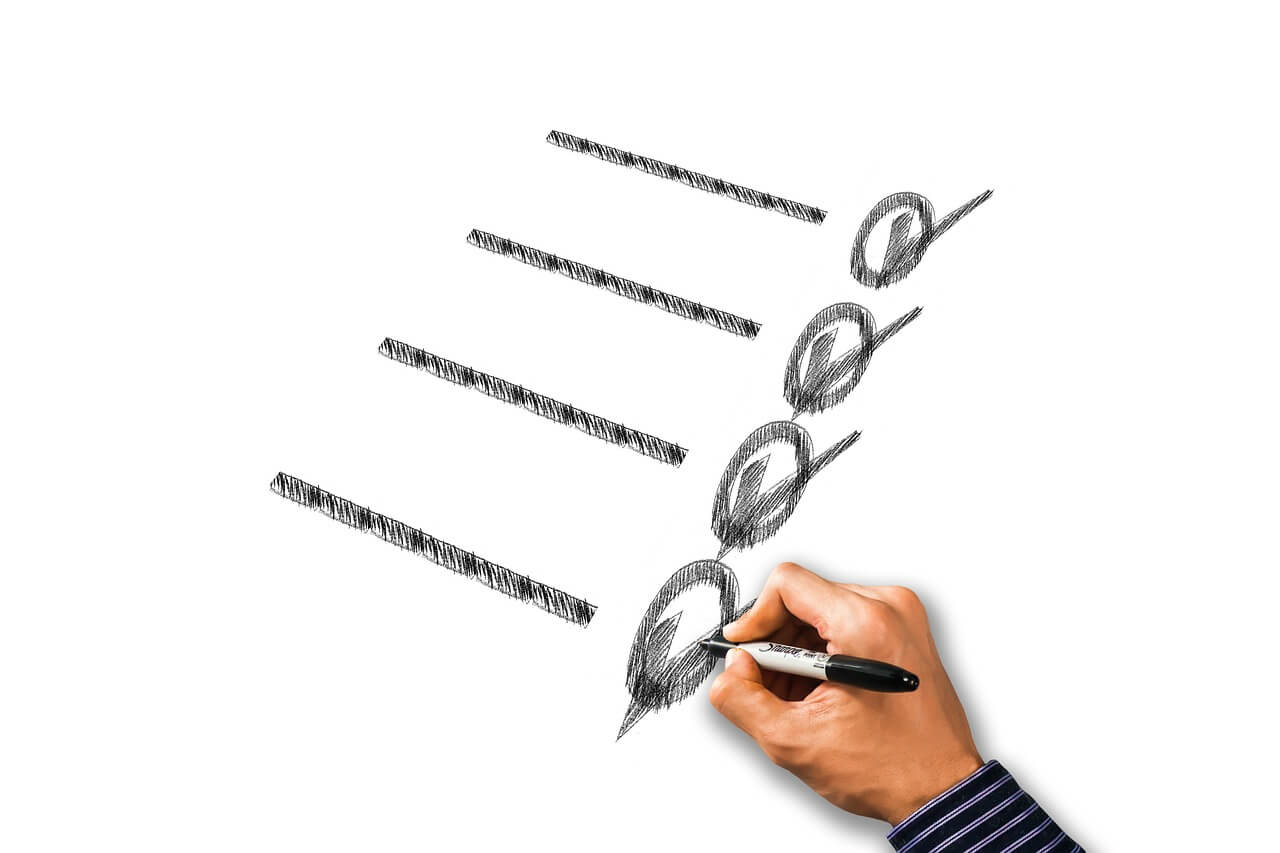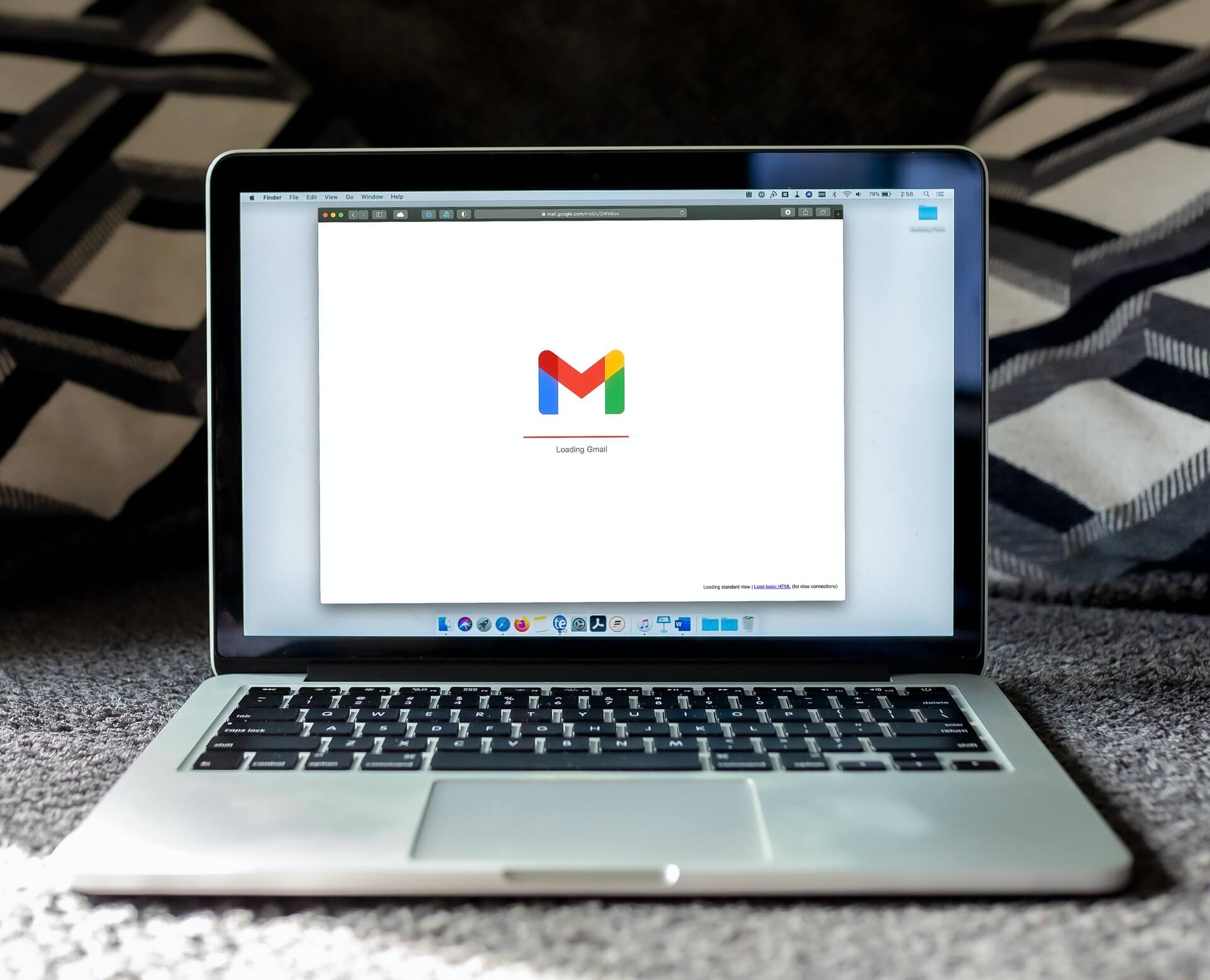Recommended Headings for Business Reports and What Report Readers Want to Know
Contributed by Deane Gradous, Twin Cities consultant
Recommended Headings for Business Reports
Meeting reportsGroup/date/place What is the meta-message? “We make well-considered and important decisions.” “This group accomplishes a lot.” Progress reportsProjects completed What is the meta-message? “I add value to the organization and am a learner/achiever.” |
Research reportsExecutive summary What is the meta-message? “I follow good scientific methods. Trip reportsDate of trip/destination What is the meta-message? “I am a good investigator/ambassador.” |
What Report Readers Want to Know From Research/Activity Reports
- Do I need to read your report? Does the title indicate a subject that is relevant to my responsibilities? Is the title
accurate and descriptive? Does your report look interesting and readable? - Give me a quick overview? Does your report have an executive summary so I can decide whether or not I need to read the whole thing?
- Why did you undertake this research/activity? Fill me in on the context and the background. Explain the relevance of your research/activity to our larger organizational goals.
- What purposes or accomplishments did you aim for? What were the major objectives and sub-objectives of your research/activity? What questions did you ask?
- What methods, processes, and procedures did you use? Because I and other may need to make decisions on the basis of information in your report, I expect to see a detailed description of what you did to obtain your results/findings. What obstacles and surprises did you encounter in the process?
- What are your results/findings? I don’t want to know everything you know about your research/activity. I do want to know what you discovered/accomplished. I hope you have included negative as well as positive results, so I and many others can learn from your research/activity.
- How do you interpret your results/findings? Your facts are interesting and important, but they also require some heavy thinking to interpret. Don’t leave all of the difficult, interpretive work to me. Give me tables, lists, charts, and/or graphs and point out the patterns in the data. Turn the data info information.
- What are the implications of your results/findings? What do your results/findings mean in terms of others’ activities? Turn your information into knowledge. Go beyond your interpretation to explain the significance of these results/findings. Do also express the limitations of these results/findings.
- What follow-up research/activities do you recommend? Because you have studied and explored the context, the background, and the results/findings in some detail, I look to you to offer recommendations on related decisions and future research/activities.
In short,
- What are the facts?
- What do they mean?
- What do we do now?
Learn More in the Library’s Blog Related to This Topic
In addition to the articles on this current page, see the following blog which have posts related to this topic. Scan down the blog’s page to see various posts. Also see the section “Recent Blog Posts” in the sidebar of the blog or click on “next” near the bottom of a post in the blog.
For the Category of Communications (Business Writing):
To round out your knowledge of this Library topic, you may want to review some related topics, available from the link below. Each of the related topics includes free, online resources.
Also, scan the Recommended Books listed below. They have been selected for their relevance and highly practical nature.










